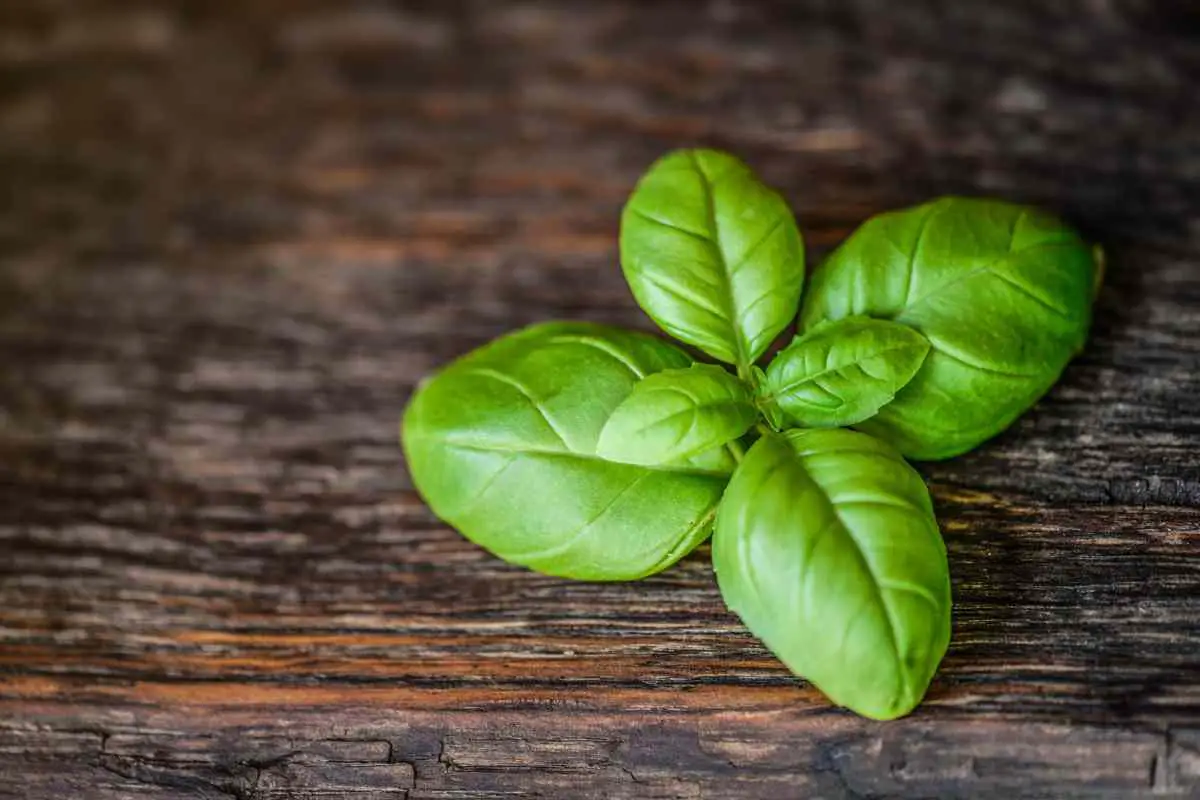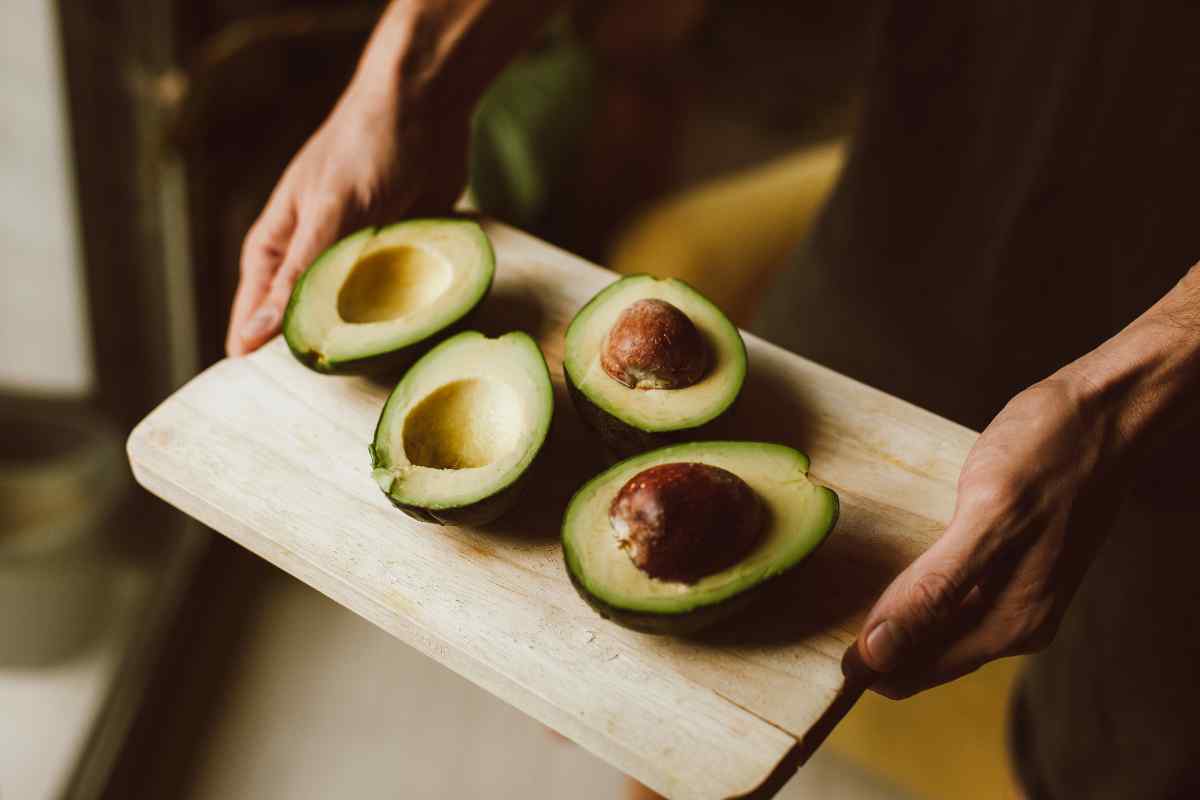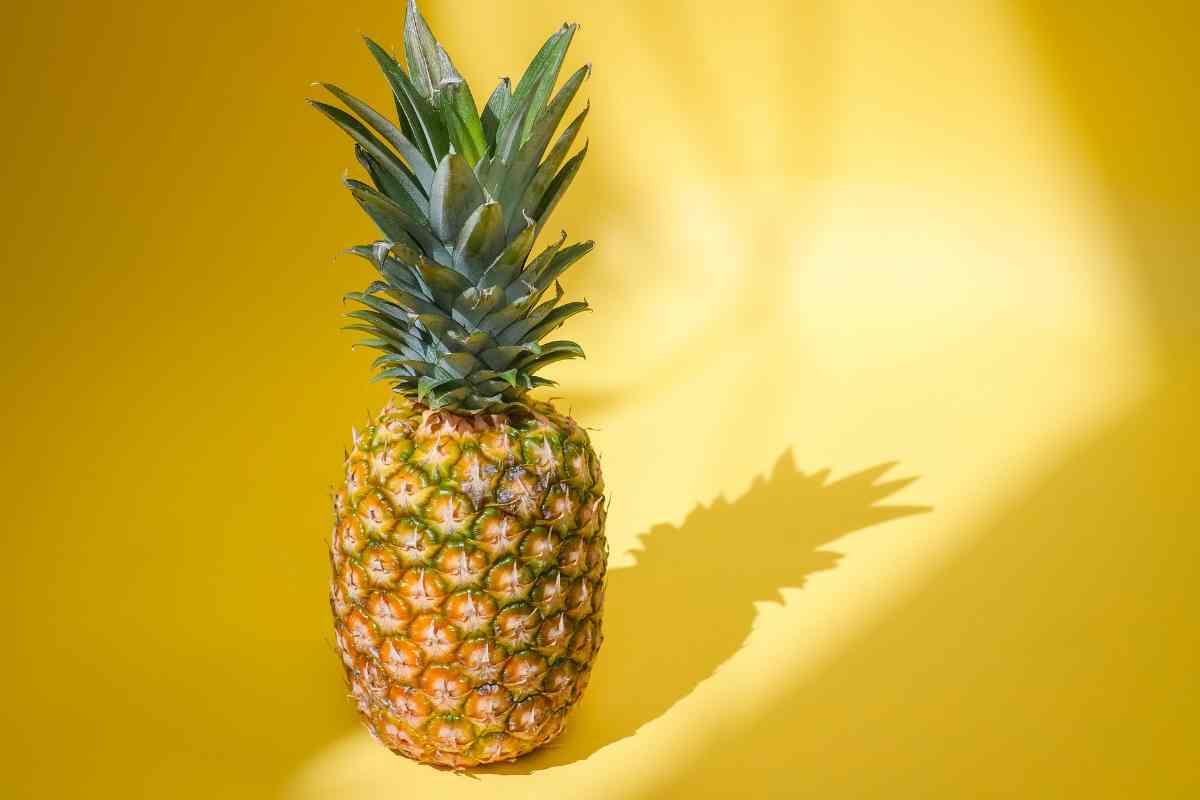Have you always wanted to start growing your lettuce from home? This article proves how easy and simple it is to get started to answer all beginners’ questions.
Table of Contents
What Do I Need to Start My Lettuce Pallet?
The necessary items needed for wood pallet gardening are exceptionally simple. Only a pallet, some good soil, some lettuce seeds, and there you have it, you’re good to go!
Where Can I Purchase Wood Pallets From?
Depending on where you live, purchasing pallets isn’t too difficult. Gardening centers should stock them and if not, a local builders merchant usually would (they might even give them away). The most important factor when searching for pallets is to keep an eye out for the ‘HT’ sign that should have been stamped on the pallet; meaning it has been heat-treated.
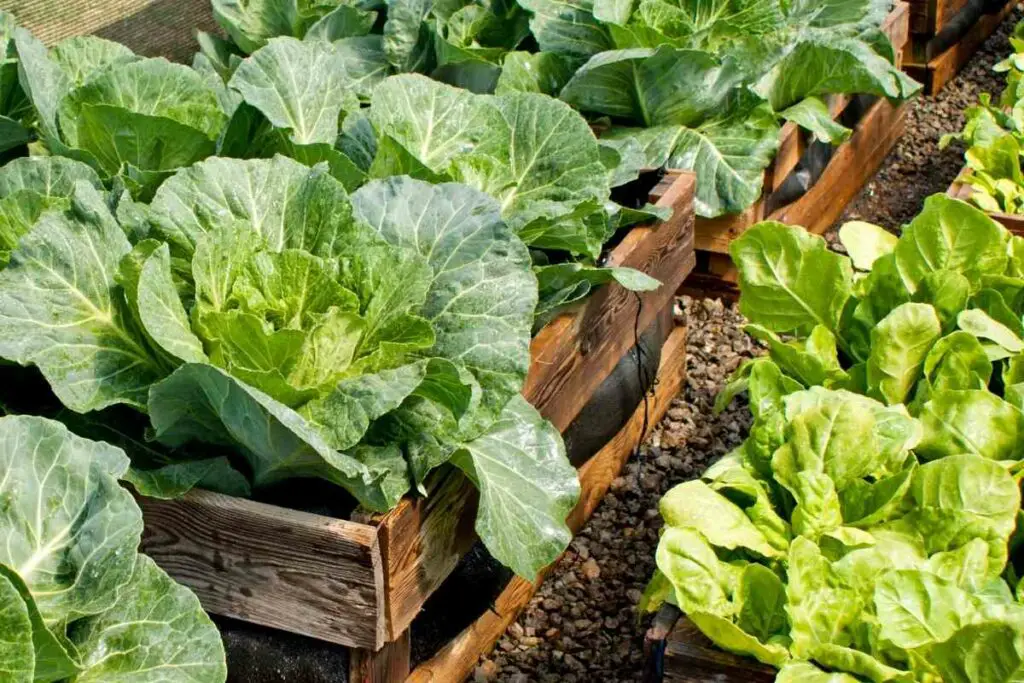
What Is ‘good soil’ and Where Can I Find It?
Good soil is soil that is rich in nutrients and minerals that are necessary for vegetable growth. Bare in mind when purchasing soil, that for lettuce to grow at its best there needs to be enough drainage in the soil. Because of this most gardeners opt to add manure or compost into their soil before planting their lettuce seeds.
What Variety Of Lettuce Should I Use?
There isn’t a special type of lettuce you should use for pallet gardening, it all depends on your preference as lettuce taste changes from variety to variety. There are some sweeter lettuce varieties such as the sweet gem lettuce, which is also hardy and weather-withstanding. If you prefer more bitter lettuce, Iceberg lettuce should be your choice.
When Is The Best Time To Grow Lettuce?
Lettuce grows best during cool months, therefore people often grow it in the spring or cooler autumn months. Lettuce seeds prefer to germinate in cool to warm temperatures; 16-18 degrees. However, the seeds can fully germinate in temperatures as low as 4 degrees so bear this in mind when planting your seeds.
How Do I Set Up My Pallet Garden?
First, you need to decide on what patch of ground you are going to lay your pallets on, this should be flat and clear, with no weeds or other plants in the surrounding few feet. Once you’ve selected a patch you need to lay down your pallets and fill the gaps with your nutritious soil. After that, simply use your finger to push some lettuce seeds about halfway into the soil; surprisingly, you can plant 10 seedlings per foot.
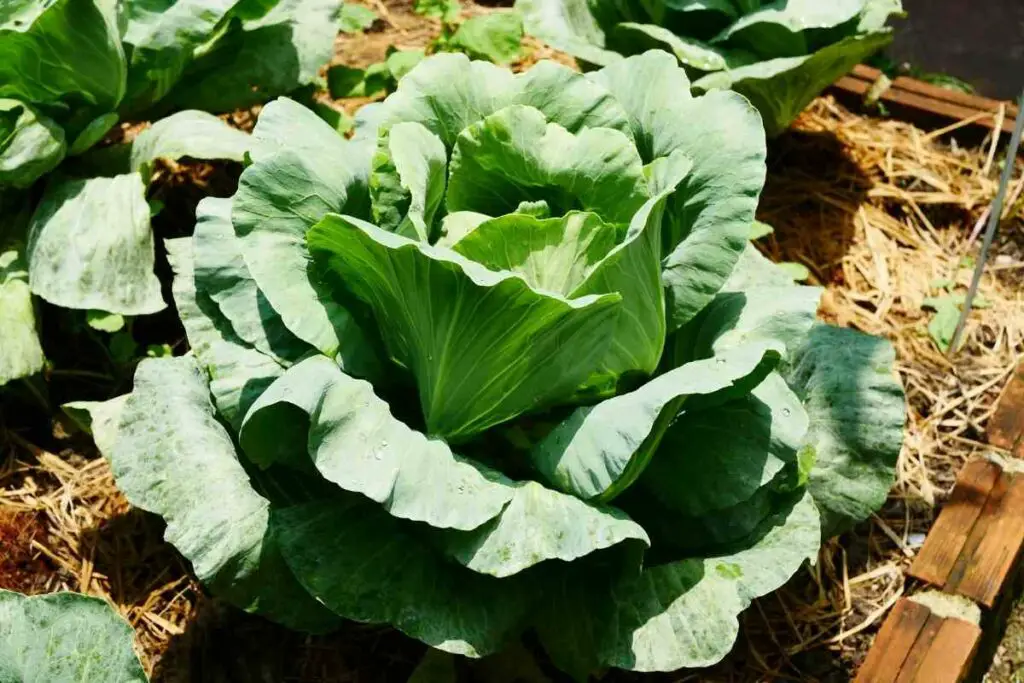
How Often Should I Water The Lettuce?
It’s extremely important to water lettuce at least once a day. Even if you have planted the seedlings at the beginning of spring, there’s a chance there might be warmer days towards the time the lettuce is fully grown. On these days you should water them 2-3 times per day. Lettuce leaves are predominately water, and hot weather simply dries them up.
How Long Does It Take To Grow?
Lettuce tends to be a pretty fast-growing vegetable. Most varieties reach an optimal size and can be harvested within just 30 days, however, some varieties may take a little longer. Lettuce is also a vegetable that can be harvested once it reaches the desired size.
Does The Amount Of Water Affect Growth?
Overwatering can severely affect the speed at which your lettuce grows as the soil will become too damp and this leads to rotting roots. On the contrary, soil that hasn’t been watered enough will cause wilting of the lettuce leaves as the plant is receiving an insufficient amount of water to keep the leaves firm.
Can Diseases Affect Growth?
Several diseases can stunt the growth of your lettuce. The main culprits are downy mildew, grey mold, and sclerotinia, among a few others. Thankfully all of these are easy to spot, so as soon as you notice a change in your lettuce leaves, contact your local garden center to discuss treatment.
How Can I Prevent Bugs Attacking The Lettuce?
The most treasured trick to prevent bugs and insects munching on your lettuce is to create some sort of shelter for the plants. This can be done by making some form of mesh greenhouse over the pallets, allowing air and water to flow freely, by keeping pesky bugs out!
How Do I Eradicate Them?
The best way to get rid of bugs or insects that have found new homes on your juicy lettuce leaves is to use a chemical-based product. Azadirachtin is a natural compound derived from the Neem tree and is extremely effective in killing caterpillars and aphids.











